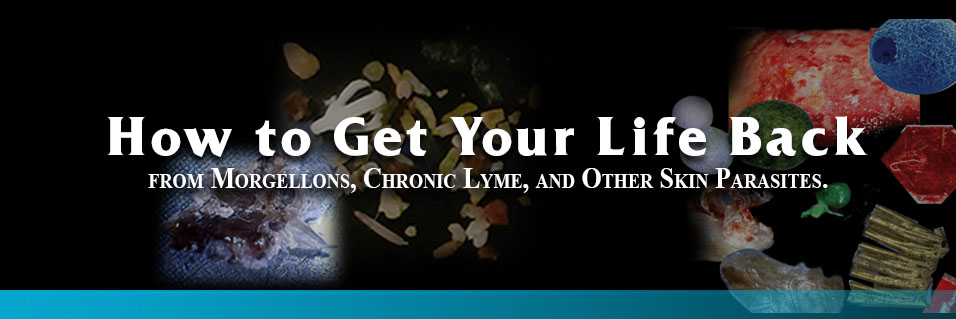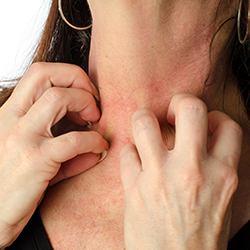One of the questions in my questionnaire that has been there forever is, "Hard nodules under the skin?"
I took this question from a list of Morgellons symptoms I happened upon ten or so years ago. I would estimate that about 70 - 80% of those who complete the questionnaire check that answer. And the good news is that generally those who stick with my program get rid of those nodules under the skin so I never paid much attention to them until Michelle, a new person, gave me an insight. She had been diagnosed by her doctor as having prurigo nodularis. PRISM Research Study defines pruigo nodularis "by the presence of distinctive bumps (nodules) on the skin which can be very itchy and cause the intense desire to scratch. This itching is highly bothersome and is associated with sleep problems, depression, and the lack of ability to do things that are enjoyed." Since most who suffer from Morgellons also have an intense desire to scratch, sleep issues, and depression, we can't say that pruigo nodularis has the monopoly on those issues.
And, if you Google images of pruigo nodularis you'll see some nasty images that look like pictures
of Morgellons lesions. Yet, for most Morgellons sufferers they are simply itchy bumps under the skin.
What exactly causes the condition? From what I've read, it's unknown. It doesn't appear to be connected with either bacterial or fungal issues. It clears up with the diet and the basic recommendations for dealing with Morgellons. Unfortunately, the medical profession generally ignores both Morgellons and Pruigo nodularis.
For skin ulcerations, there are several options use to clean them:
1. Deep Wound Cleanse Kit
2. Apply a few drops of nano glutathione
3. A mixture of ingredients described at Morgellons and Face Lesions
4. Chitinase for lesions a mixture described near the end of the post
5. Rifampin is a medication that you'd want to discuss with your doctor. It's listed below along with other meds.
In terms of dealing with Morgellons, what is pruigo nodularis? I would speculate that it is another co-infection such as Lyme disease, mites, internal parasites, fungal issues, babesia, or a co-factor such as EMF sensitivities. Our first challenge is determine which co-infection or co-factor is impacting our health the most and deal with it.
|



